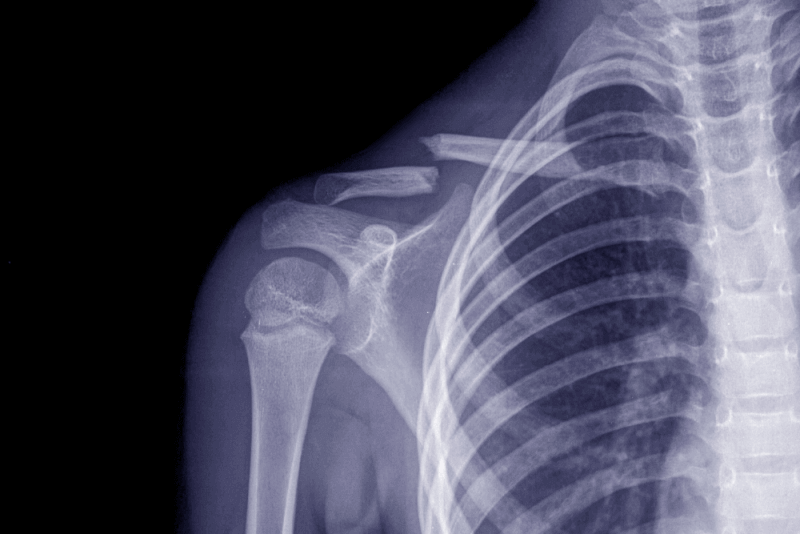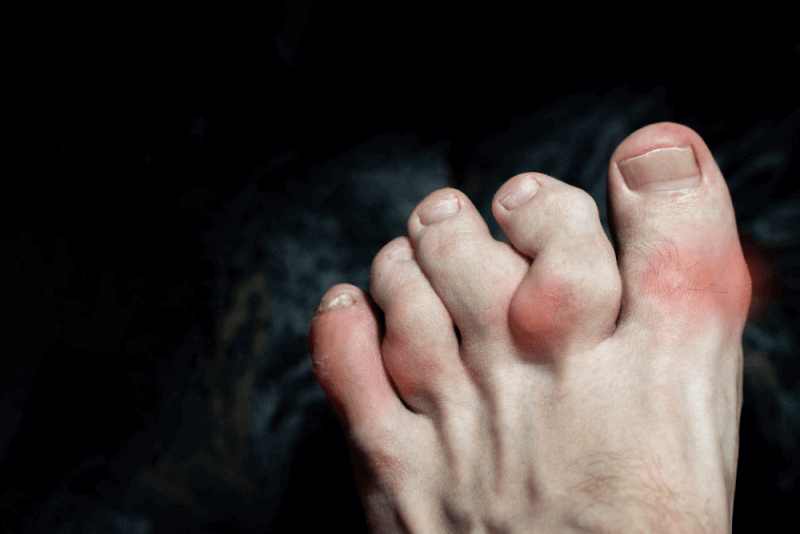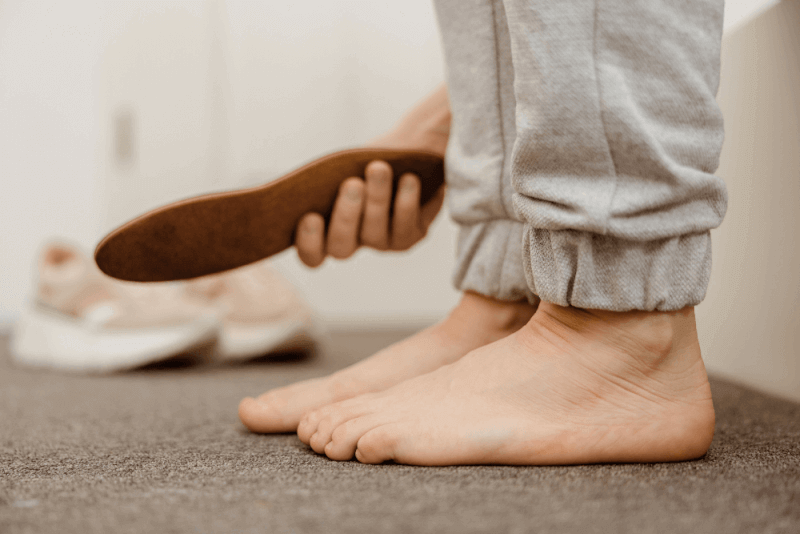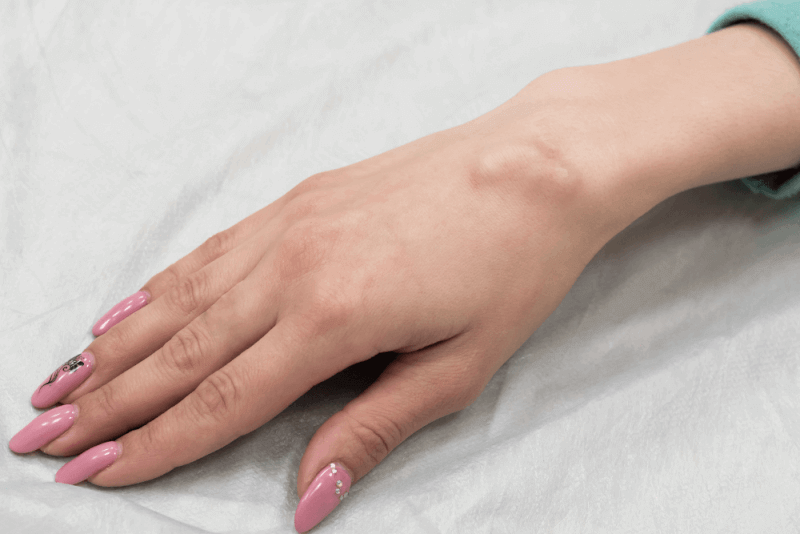What is a Clavicle Fracture?
A clavicle fracture refers to a break in one of the clavicle bones. The clavicles are two thin bones that start at the top of the sternum and extend to each shoulder blade. The clavicle forms part of the shoulder joint.
Types of Clavicle Fractures
Healthcare professionals use various terms to describe fractures. These terms include:
- A single break in the bone is referred to as a simple fracture.
- If the clavicle is broken in several places, it is called a comminuted fracture. If the broken bone fragments remain in place, it is called a non-displaced fracture. If the bone fragments move out of place, it is referred to as a displaced fracture.
What Causes a Clavicle Fracture?
Clavicle fractures usually occur due to traumatic injury. Common causes include:
- Falling onto the shoulder or arm is the most common cause of a clavicle fracture.
- Sports injuries
- Car accidents
- Birth trauma
Symptoms of a Clavicle Fracture
Symptoms of a clavicle fracture include:
Fracture
A broken clavicle can be very painful. Depending on the location of the fracture, pain may be felt in the shoulder, near the middle of the bone, or at the base of the neck.
Movement Difficulties
The shoulder or arm may become stiff. Trying to move it may cause more pain. A grinding or clicking sensation may be felt or heard during movement.
Swelling
Fractures can cause inflammation or swelling in the surrounding tissue. Since the clavicle is very close to the skin, swelling may be visible and palpable.
Visible Misalignment
Misalignment of the clavicle may be visible. The shoulder may appear to sag unnaturally, or the clavicle may appear asymmetrical.
Bruising
Displaced bone fragments can damage the soft tissues. This can cause tenderness and sometimes bruising. Darkened or discolored areas of skin may be visible along the clavicle.
Skin Bump
In cases of a displaced clavicle fracture, the displaced bone fragments may push up under the skin, creating a tent-like appearance that looks like a bump.
Diagnosis Criteria for a Clavicle Fracture
If a clavicle fracture is suspected, medical help should be sought as soon as possible. After a physical examination, doctors typically perform an X-ray to determine the location and severity of the fracture. In more complex cases, a CT scan may be necessary.
Treatment Methods for a Clavicle Fracture
Clavicle fractures are usually treated with conservative methods. Surgery is only required in a small number of cases.
Conservative Treatment for Clavicle Fractures
Standard treatment for a clavicle fracture includes:
Immobilization
Although most clavicle fractures can heal on their own, it is important to prevent the bone fragments from moving during the healing process. A healthcare professional may use a sling or shoulder immobilizer to help keep the bone stable. These devices may need to be worn for several weeks.
Pain Relief
Prescription pain relievers may be used during the first few weeks of healing. Later, over-the-counter pain relievers such as ibuprofen or aspirin may be used. Additionally, applying ice to the fracture for 20 minutes can help manage pain.
Physical Therapy
Once the bone begins to heal, light exercises should be started to prevent the soft tissues from becoming too stiff. After the bone has healed, different exercises may be needed to rebuild muscle strength.
Clavicle Fracture Surgery
Surgery may be required if the clavicle is severely displaced, or if it has caused damage to tissues such as tendons, ligaments, blood vessels, or nerves.
Surgical Methods for Clavicle Fracture
In surgery for a broken clavicle, the fractured pieces are brought together. Pins or plates are then used to hold the fracture in place. This procedure is known as open reduction and internal fixation.
Benefits of Clavicle Fracture Surgery
Clavicle surgery can help repair damaged tissues around the fracture and allow fractures that cannot heal on their own to do so.
Clavicle Fracture Recovery Process
Recovery times for clavicle fractures vary depending on the severity of the fracture and the patient's age. Children, whose bones are still growing, heal faster than adults. Average recovery times are as follows:
- 8-12 weeks for adults
- 6-8 weeks for adolescents
- 3-6 weeks for children under 8
- 2 weeks for infants
Precautions for a Clavicle Fracture
If you have a clavicle fracture, here are some precautions you should take:
- The sling should be worn day and night.
- Pain medications should be used as needed and only as directed.
- The shoulder, arm, and hands should be moved a little more each day according to the instructions.
- Follow-up appointments should not be missed.
Here are some things you should avoid:
- Do not mix pain medications unless directed by your doctor.
- Do not use more than the recommended doses of medications.
- Do not drive while using a sling.
- Until your doctor gives the go-ahead, use the other arm for lifting, pushing, or pulling.
If you experience any of the following symptoms, seek medical attention as soon as possible:
- Shortness of breath
- Tingling or numbness
- Fainting
- New pain
- Increasing pain
Complications of a Clavicle Fracture
The first complication that can occur if a clavicle fracture is left untreated is improper healing of the fracture, which can result in permanent bone deformity. If the fracture occurs near the shoulder joint, bone fragments can damage the cartilage in the joint, leading to joint pain.
In some cases, particularly in children, a visible bump may form at the site of the fracture after it heals. This bump is called a bone callus and is similar to a callus on the skin. These calluses typically shrink over time.








